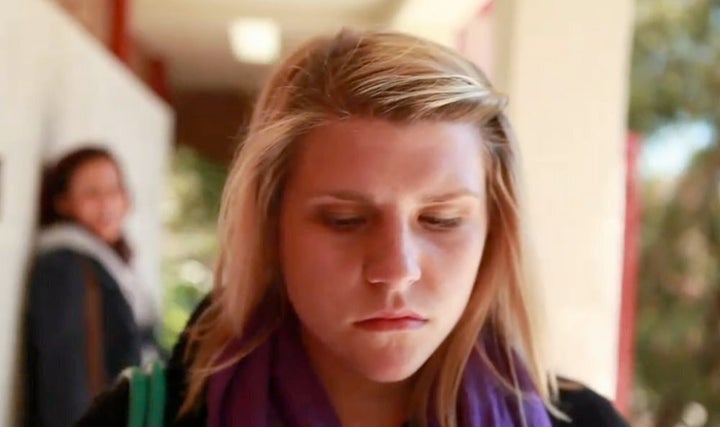
When you work in bullying prevention like I do, you are repeatedly asked if there is a bullying epidemic. Sometimes it's said as a statement of fact. An epidemic is a sudden, widespread occurrence of a particular undesirable phenomenon. Since conflict and abuse of power are inevitable between people and bullying is the abuse of power in a conflict, we have always had it. There is no epidemic. But the fact that bullying has existed forever doesn't make it right and it doesn't make it less painful when someone you love is experiencing it.
What we are experiencing is an epidemic of ineffective bullying prevention educational programs and public service announcements (PSA's).
In the wake of the media's recent focus on a handful of high-profile bullying cases that ended in a victim's suicide, many organizations responded with multi-media anti bullying campaigns. Unfortunately these programs are often unrealistic and many ultimately give kids greater cause to dismiss adults as clueless and unable to help them solve the problem. While it's important to formally evaluate these programs, those studies can take years and our children can't wait.
We all need to agree on common sense criteria to differentiate messages that are laughable and easily dismissed, irresponsible or inaccurate, or realistic, relatable, and inspirational.
With the goal of starting the conversation, here's what I think.
A bad bullying prevention program or PSA:
1.Relies on gimmicks, like anti-bullying T-shirts, useless slogans like, "Bullying isn't cool. Don't do it," bracelets, pledges, and celebrity appearances as the principle educational strategy.2.Depicts stereotyped situations.3.Shows all white people at the center of the plot, or has token racial diversity. For example, the Queen Bee white girl with her backup Black and Asian friends.4.Presents suicide as a natural consequence of being bullied and as a revenge fantasy against the bullies. Kids don't have to have suicide thrown in their face to take bullying seriously. Emphasizing suicide will make children think that any feelings less than that aren't worth reporting.5.Portrays no realistic and comforting adult presence.6.Provides no skills or strategies to stop bullying beyond, "Tell an adult" and doesn't acknowledge that telling an adult often doesn't help at all.7.Assumes that bullying is always one-way.8.Gives the primary motivations to not bully as that you will be punished or feel guilty.9.Emphasizes blame.10.Ignores the fact that most bullies think they're defending themselves or are at least justified; e.g. the victim deserves it. This is one of the primary reasons why a bully won't see themselves in these types of campaigns.
Some Examples:
I am highlighting this PSA because Mr. Allan Van Fleet, the Chair of the Antitrust Law Section, defends their actions by saying that the video was "a rough cut that [sic we] never intended be released to the public" (Quoted from his comments on this Slate article). The ABA posted something online that they never intended other people to see? Somehow they don't realize the irony of this response given the subject matter. It's what teens say after they've posted something inappropriate online and can't believe it went public. More unbelievably, in researching for this article I found that Mr. Van Fleet, who as the chair, must have some supervision over this project, has no privacy settings on his Facebook page. That means I was able to see all of the personal information he posted online. From his personal postings, it is clear that Mr. Van Fleet is a decent person who means the best.
But good intentions are not enough; you actually have to know what you're doing. And what is the first thing you tell children when they begin to use social networking? Set your privacy settings so only people you know and trust can see your information.
I understand that the next video the ABA is doing is about sexting. Seriously. And they were asked to do it by the United States Department of Education. I am not joking about this.
The National Crime Prevention Council's cyberbullying PSAs were done in conjunction with the National Ad Council and US Department of Justice. Entitled, "In the Kitchen with Megan" and "Rant with McGruff," both use the classic outdated advice of, "Just delete the bad messages you get" and "If you wouldn't say it in person, don't send it online." If you work in schools you know there are plenty of kids who will say it and send it.
The NCPC's radio PSAs, click the titles to listen:
A Good Bullying Prevention PSA and Campaign:
Examples:
Adina's Deck: Adina's Deck is a new Internet Safety DVD series designed for the classroom. In each episode, savvy characters solve contemporary problems including: cyber bullying, online predators, and plagiarism.
"Abuse of Technology" by Imbee. Imbee is a social networking 'mega-platform' for kids between the ages of 8-14. The video moves fast, is age appropriate for tweens, and doesn't preach while managing to get key messages across.
Lots of people have seen this one. Alye (the girl) and her parents have created a Facebook page where people can share their experiences and information:
For parents:
Good is good -- even when it's hard to admit. I usually disagree with Focus on the Family and have heatedly debated its representatives about including homophobia in bullying prevention curricula. (I am for; they are against). But they have some good parenting advice. Here's an example from their website.
For everybody:
AMHIR's music video of Perfect (it's a P!nk cover). These guys and the company that produced the video, HL Films, need to sit down with all the so-called experts and tell them how it's done. All of the filming was done by a seventeen-year-old and many of the students in the video have been bullied. I would take any of the people associated with this film to any high school in the country. Check it out!
